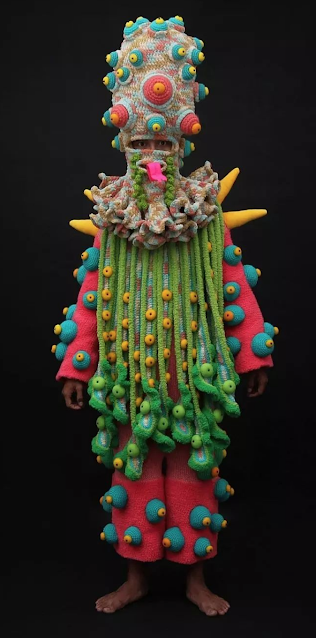Featured
- Get link
- X
- Other Apps
Labels
OTIS: impact of color
Feng shui, an ancient Chinese system for harmonizing people with their surrounding environment, teaches the same with each color an expression of one of the five feng shui elements:
- Fire – Passion and high energy.
- Earth – Nourishment and stability.
- Metal – Clarity and Preciseness.
- Water – Ease and abundance.
- Wood – Growth and vitality.
In her book, Dr. Hazel Parcell’s In Her Own Words, Dr. Parcells recommends several guidelines for applying color appropriately in the home environment. Her color suggestions include the following:
- Black is the absence of color and as such, lowers energy. A long road trip in a car with black upholstery virtually guarantees that the people inside the car will feel exhausted after an hour or more of driving. Wearing black clothing reduces body energy and metabolism and hence is not the slimming effect that overweight individuals desire. Better to wear colors that stimulate metabolism like yellow, magenta, violet or red.
- Soft pinks, blues and other pastel shades are most restful and good for the bedroom environment. Wild colors and patterns in the bedroom will affect the sleep, relaxation and even memory. While falling asleep may still occur in a room with unrestful colors or patterns, full relaxation will not fully occur throughout the night. The color of the sheets and pillowcases is most important to keep within the neutral/pastel color scheme.
- White is always an acceptable color particularly in the kitchen when combined with full spectrum lighting. Dr. Parcells also recommends pastels to compliment the creative energy of the cooking environment.
- Yellow may be a good color choice for a bathroom as it is energizing and conducive to stimulating the intestinal tract and perhaps even alleviating constipation.
- Orange may prove a great color for workout gear as it appears to stimulate oxygenization and normalizes metabolism.
- Indigo (blue and violet) are wonderful colors for the bedroom where the person sleeping there suffers from insomnia.
- Red is not a good color to use in children’s rooms as it is too stimulating. Even red drapes or other accessories can disrupt sleeping patterns and make it difficult to settle children down at night for bed. Dr. Parcells had great success normalizing children’s sleeping habits when the colors of the bedroom were changed to calming pastels.
Sources:
Tranquilizing Effect of Color Reduces Aggressive Behavior and Potential Violence
Pink Paint Used to Win Football Games and Calm Prison Inmates

easy, right? click on older posts
Contact Me


indeed!
a good thing...

Popular Posts
OTIS: Hazel's blog on Thread, Fashion and Costume: Mulyana
- Get link
- X
- Other Apps
Santa is a Monk or a Psychedelic Mushroom?
- Get link
- X
- Other Apps







Comments
Post a Comment
send me your idea!